The causes of a limp in the hindlimbs of young dogs are varied and it is especially important to distinguish them from other problems such as weakness or uncoordinated movements. They are usually related to impaired growth or dietary imbalances. This article does not address traumatic causes (falls, accidents, impact, ...)
Panosteitis
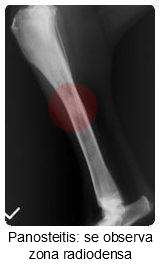
Definition: inflammatory disease of certain bones. The most commonly affected is usually the humerus.
Who is affected? More common in young dogs of large and giant breeds.
Symptoms: Weakness and/or limping that can alternate limbs.
Diagnosis: X-ray showing more “white” (radiodense) areas inside the bone.
Treatment: Anti-inflammatories. It usually goes away once the dog reaches adulthood.
Osteochondritis Dissecans
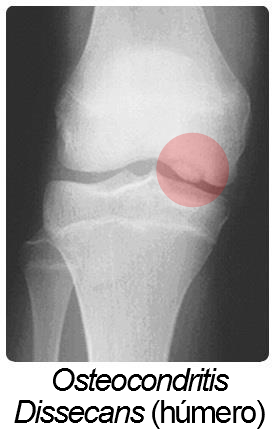
Definition: Fissure in the joint cartilage, similar to a flap, that causes the synovial liquid to remain in direct contact with the bone, causing inflammation, limping and pain.
Who is affected? Young animals (5-18 months). It can be found in the shoulder, elbow, knee, tarsus and carpus.
Symptoms: Limping that worsens after exercise as well as crackles (noises produced from friction) in the joint.
Diagnosis: X-ray
Treatment: Often surgical, and we should also use anti-inflammatories and chondroprotectors.
Progression: The course is chronic and although surgery can greatly improve many of the symptoms, the affected joint will tend to have osteoarthritis problems over time. You can help slow the process with orthotics that stabilize the joint, for example: elbow protector.
Hip Dysplasia
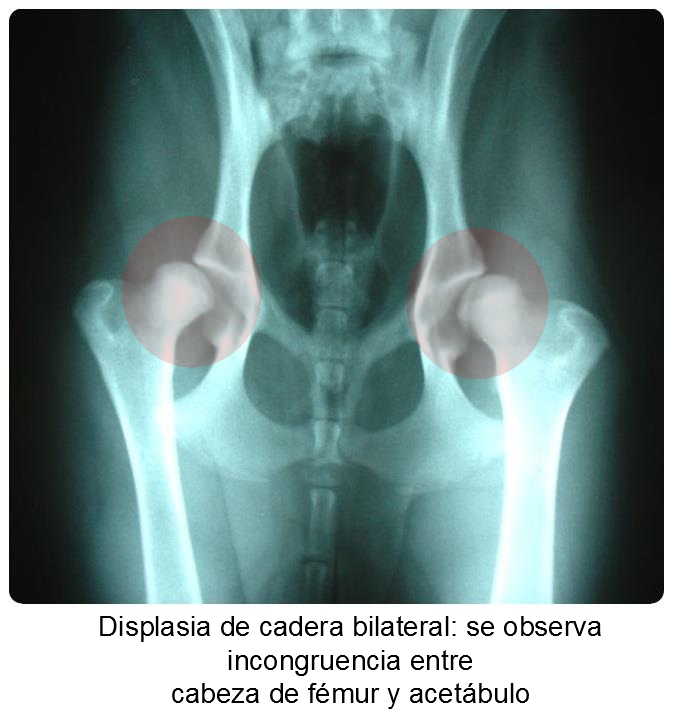
Definition: Abnormal development of the hip, in which the joint is unstable and causes inflammation, atrophy and pain.
Who is affected? It appears especially in large animals and in certain breeds, it is especially common in the German Shepard.
Symptoms: At first the symptoms are mild limping and changes in gait and sitting down. As time passes the symptoms tend to worsen, eventually in some cases the dog is unable to stand up.
Treatment: Surgical or medical (chondroprotectors, anti-inflammatories, hip supports for dogs, diet and physical therapy). In very advanced cases the dog may need to walk with a special rear support harness or wheelchair.
Do you want more information on hip dysplasia? Complete veterinary guide to hip dysplasia.
Avascular Necrosis of the Femoral Head
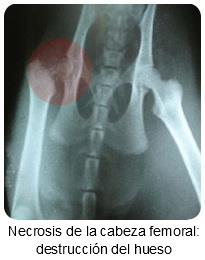
Definition: Also known as the Legg-Calvé-Perthés disease in humans. It is the progressive destruction of the femoral head bone. The causes are still widely unknown.
Who is affected? Young, small-breed dogs.
Symptoms: A supported limp without bearing any weight and progressive pain that changes from mild to intense within one or two months.
Diagnosis: X-ray.
Treatment: Always surgical. The femoral head is removed.
Avulsion of the tibial crest: Infrequent. It occurs between 4 and 6 weeks in large and toy breeds. We see a sudden limp and a raised kneecap. The diagnosis is done with X-rays and the treatment is surgical: two nails are and a metal tension band are placed to unite the fragment to the tibia.
Medial Patellar Luxation
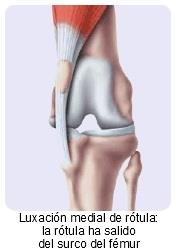
Definition: The kneecap moves from its normal location in the femoral groove and migrates towards the middle. The cause is usually genetic, however it can also occur after trauma.
Who is affected? Young, small-breed animals.
Symptoms: Most cases are mild, in which now and again we will see the dog do a little “jump” when they walk.
Diagnosis: Based on the symptoms and physical examination of the joint by the vet.
Treatment: The treatment involves anti-inflammatory drugs when there is pain, chondroprotectors and orthotics to help us stabilize the joint: Knee protector. Severe cases require surgery.
Infections
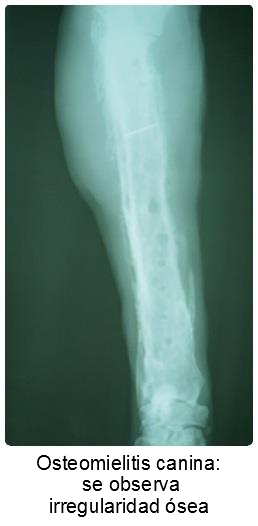
Definition: Colonization of the bone by bacteria or a virus. They usually appear as a result of poorly treated wounds or infections in another part of the body that have spread. They cause an osteomyelitis that can destroy the bone.
Who is affected? Dogs of any age
Symptoms: Sudden, very painful limp. If there is another organ affected as well there can be a wide range of symptoms and fever.
Diagnosis: Complicated and requires a joint aspiration in order to analyze the synovial fluid.
Treatment: Joint lavage and use of anti-inflammatories and antibiotics/antifungals specific for the organism causing the infection. The treatments are usually very long.
Hypertrophic Osteodystrophy
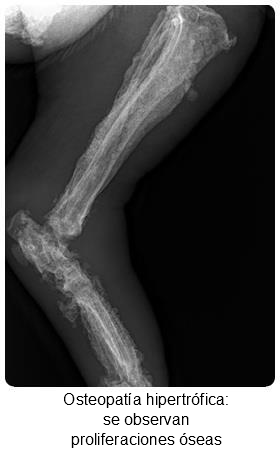
Definition: Abnormal growth of the bone. In young animals it is usually caused by dietary imbalances.
Who is affected? Young, large-breed dogs.
Symptoms: Noticeable swelling of the limbs, limp, fever and lots of pain.
Diagnosis: Radiography.
Treatment: Rebalance of the diet and use of anti-inflammatories for the pain. It can take months to resolve.
Avulsion of the Tibial Crest
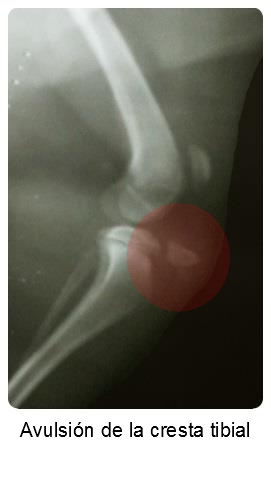
Definition: Separation of the tibial crest from the tibia. Infrequent.
Who is affected? Between 4 and 6 weeks in large and toy breeds.
Symptoms: Sudden limp and raised kneecap.
Diagnosis: X-ray.
Treatment: Surgical, two nails and a metal tension band are placed to reunite the fragment with the tibia.

